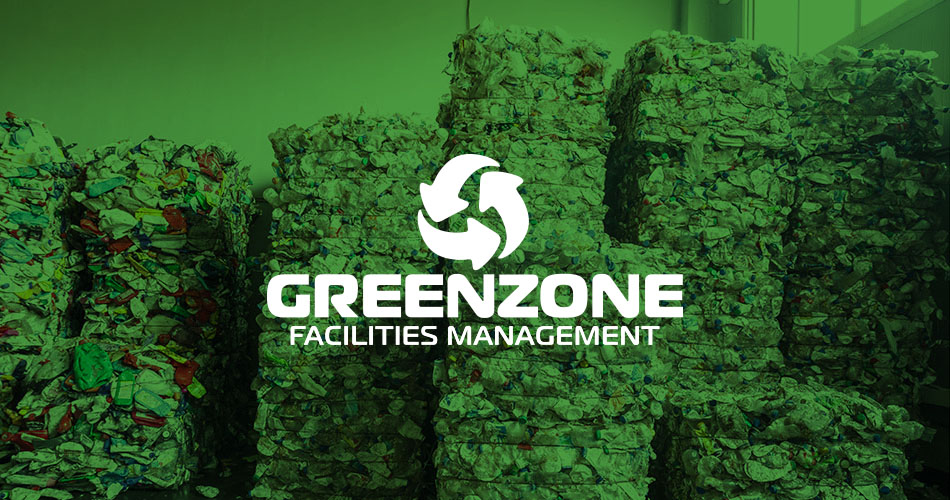Each garment is 100% sustainable and made in the UK, even down to the buttons which are hand crafted in the Lake District. She has collaborated with TIH Models, a new modelling agency supporting youth in London affected by homelessness, casting Kris McAllister and Mustapha, both homeless and unemployed in London, for the collection Women of Change.
“For my most recent collection ‘Women of Change’ I have worked alongside San Patrignano in Rimini, Italy – an education and rehabilitation programme for people with drug and alcohol dependency that teaches traditional Italian craft and fosters a sense of community. Together we developed hand-woven textiles from recycled packaging materials found within the workshop.”
@bethany_williams_london
Born of frustration with the excessive use of the world’s natural resources, and the amount of waste produced by industrialized countries, spanish brand Ecoalf was founded on the principles of recycling. The intent to create a truly sustainable fashion brand, started at the source, and as the result of limited choices in the marketplace of 100% recycled materials.“Discarded fishing nets, post-consumer plastic bottles, worn-out tires, post-industrial cotton, and even used coffee grinds become our outerwear, swimsuits, sneakers and accessories. In order to ensure 100% transparency and provide the highest levels of quality, our team manages the full process from waste collection to recycling technologies, manufacture, design and retail.”
@ecoalf
Based in India, Doodlage is a perfect sync of sustainability and innovativeness. They work with eco-friendly fabrics, such as organic cotton, corn fabric, banana fabric. Another source of fabric is the left over or quality, discarded textile from large manufacturers, which account for the “wastage” in export terms. They also source fabrics, which are left unused by other retailers post-cutting. Much like pieces of a puzzle, these bits and pieces come together, each with its own story.
“With 40% of garment production being done in India, Bangladesh and China, these countries alone produce enough waste to be able to create 6 billion garments from just scraps and leftovers. These were some alarming stats that led us into creating a brand using fabric that would otherwise go into landfills.”
@doodlageofficial
For the full story click the link below
Orginal Source

